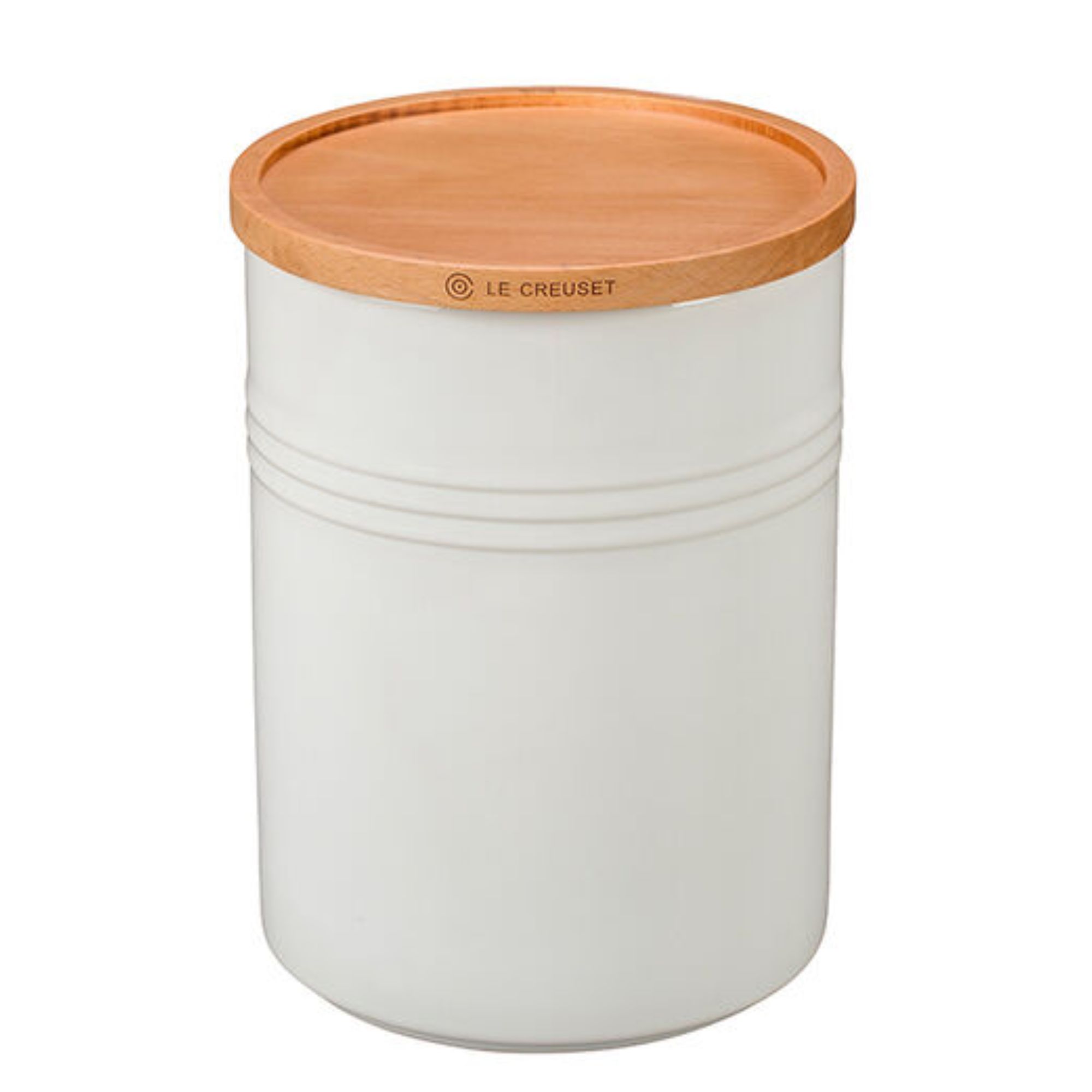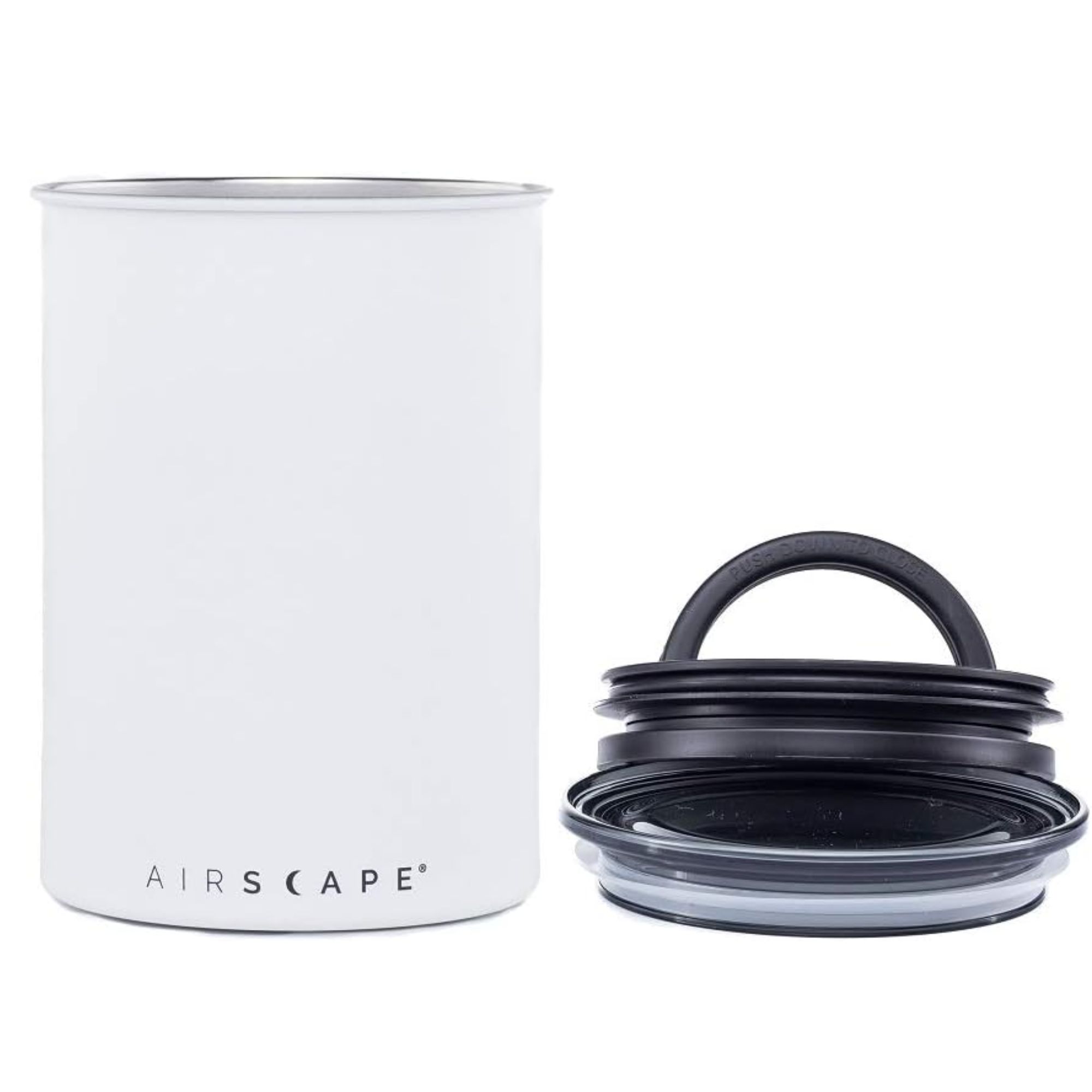11 coffee maker mistakes you are probably making and how to avoid them, according to a barista
We made the mistakes so that you don't have to

- Buying the wrong coffee maker
- Buying budget beans
- Not matching your maker to your beans
- Overstuffing your beans
- Forgetting your grind-sets
- Not getting your ratios right
- Forgetting to let your beans bloom
- Don’t use tap water
- Consider temperature
- Not keeping it clean
- Not learning how to steam
- Experiment, experiment, experiment
- FAQs

When you start making coffee you realize just how much goes into these delicious brews. There's a lot to learn, which means it's easy to fall for common coffee maker mistakes that waste your time, money, and compromise on the taste of your coffee. Luckily for you, we made them all so that you don't have to.
It all starts with choosing the perfect coffee maker for your personal needs. Once you've found your match, there are plenty of other factors to consider. These can be as simple as choosing the right coffee beans for your brewer right up to how to grind coffee beans and how to clean your coffee maker.
We've got all the answers to common coffee queries, with tips from baristas to help you elevate the way you drink your morning coffee. We'll cover all the common coffee mistakes people make, including not filtering the water that they use in their coffee maker. With these simple, but effective, tips, you’ll be making the perfect cup in no time.
1. Buying the wrong coffee maker
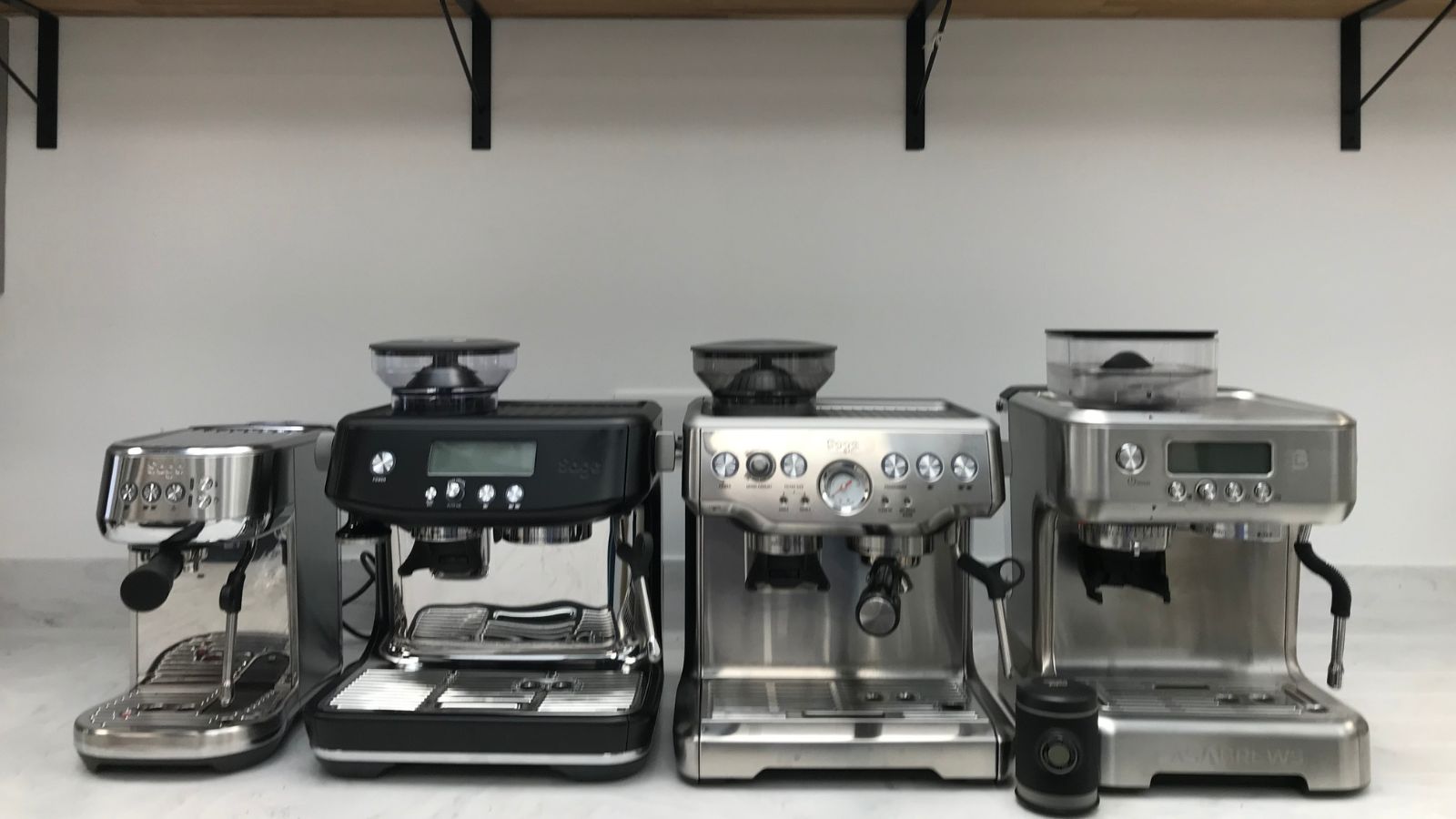
Reviewing a range of espresso makers in our test kitchen
It's easy to get caught up in coffee makers. The flashy, shiny ones with a steam wand and 60 different coffees might seem appealing, but if you only drink Americano coffees, you probably don't need one.
As a quick guide: French presses are great if you like more acidic, full-bodied coffee; pour-over machines are more delicate and make good filter coffee; drip coffee can cater can make lots of cups of coffee at once and often has a very mellow flavor profile; automatic coffee makers often tackle a range of coffees at the touch of a button, so they're an easy option; espresso machines are what baristas use. They're great for making a top-quality espresso, but they can be very hands-on.
If you think about the coffee you like and what you'll need, you're much more likely spend money and save money where you need to. With that in mind, our team of experts tested a range of coffee makers on the market and the three below were their favorites.
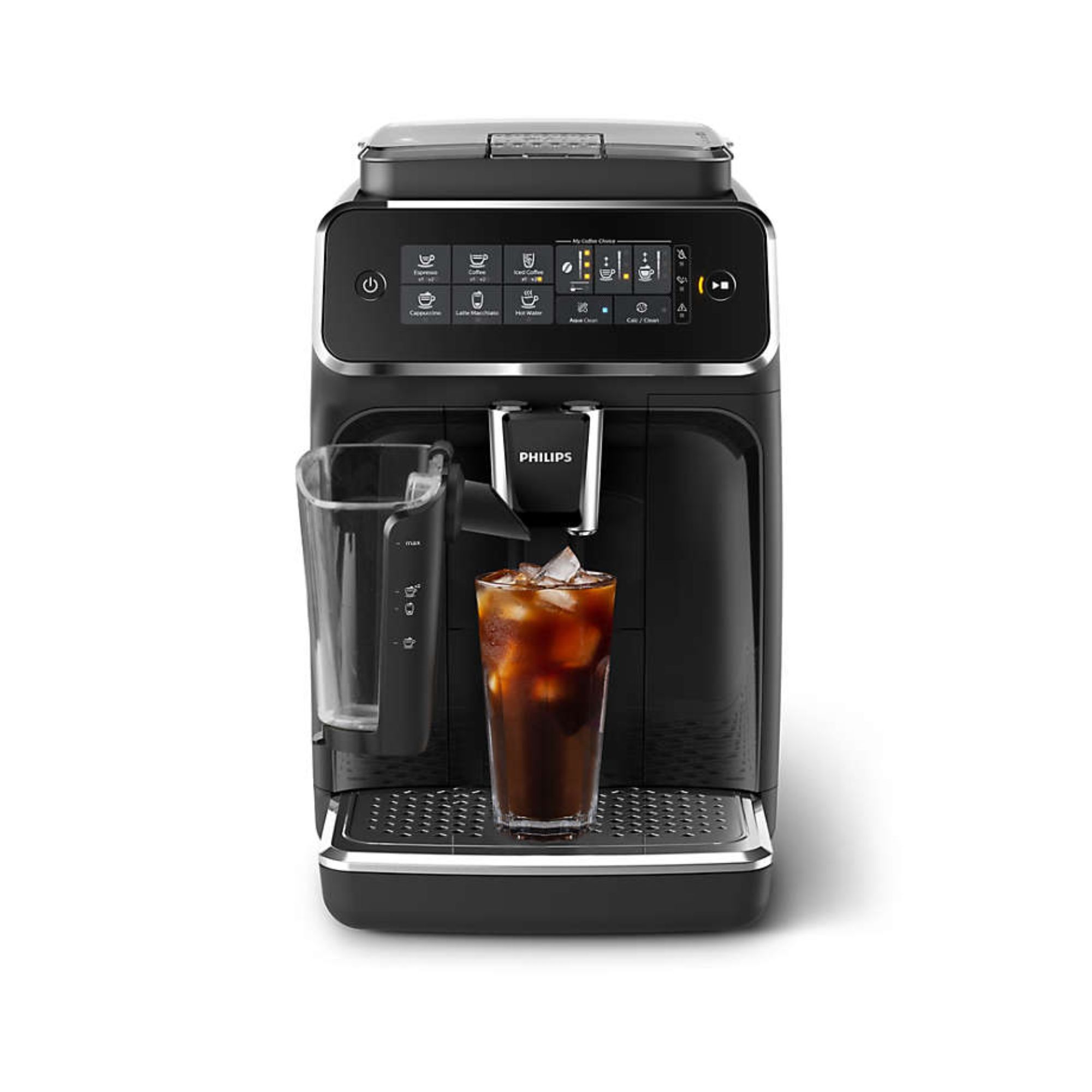
The Philips 3200 won our hearts. The LatteGo function made incredible milk and it could make five different drinks at the touch of a button.
There's more detail in our full Philips 3200 Series review.
For
- Brews 5 different beverages with the touch of a button
- Milk frother makes fool-proof lattes and cappuccinos
- Multiple settings to adjust cup sizes, temperature, strength
- Fits neatly under cabinets
- Easy to clean
Against
- Complicated set-up
- Smaller portion sizes than accustomed too
- Noisy
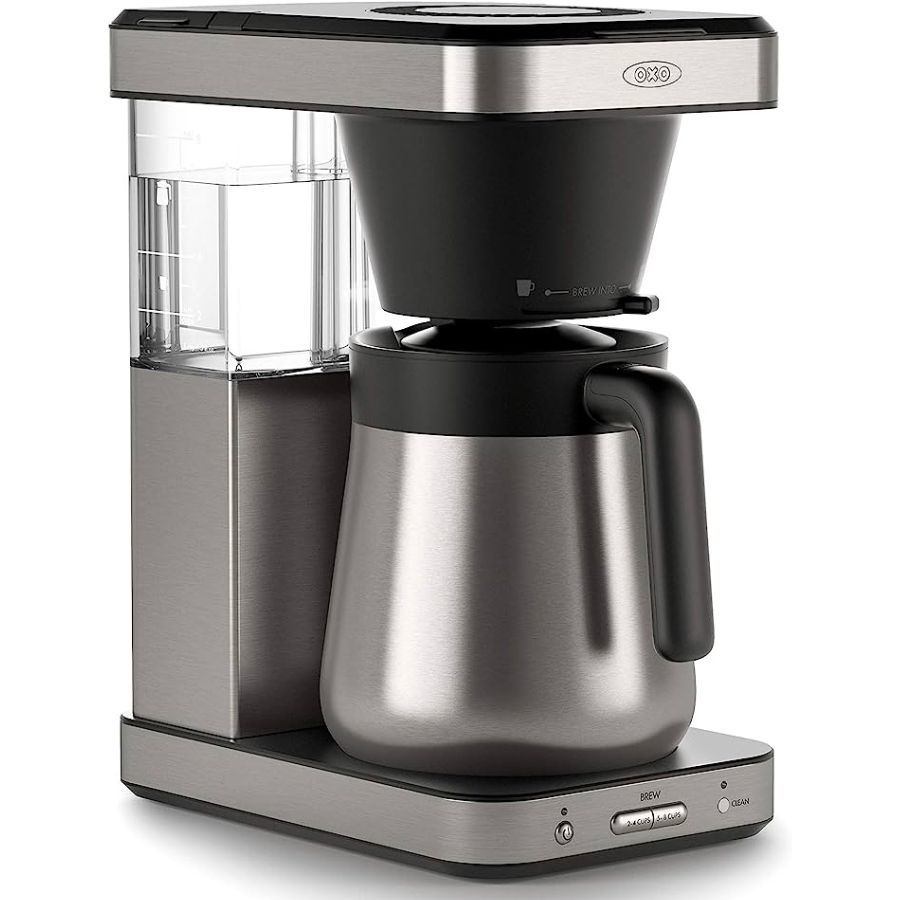
This might not look fancy, but it's reliable. If you like filter coffee or more mellow flavors, this is the one for you. The design is sleek and it can brew 8 cups at once.
There's more detail in our full OXO Drip Coffee Maker review.
For
- Includes small and large filter
- Sleek design
- Rainmaker showerhead
- Podless to reduce waste
Against
- Doesn’t keep coffee warm for long periods of time
- Doesn’t include a coffee grinder
- Water tank is not removable
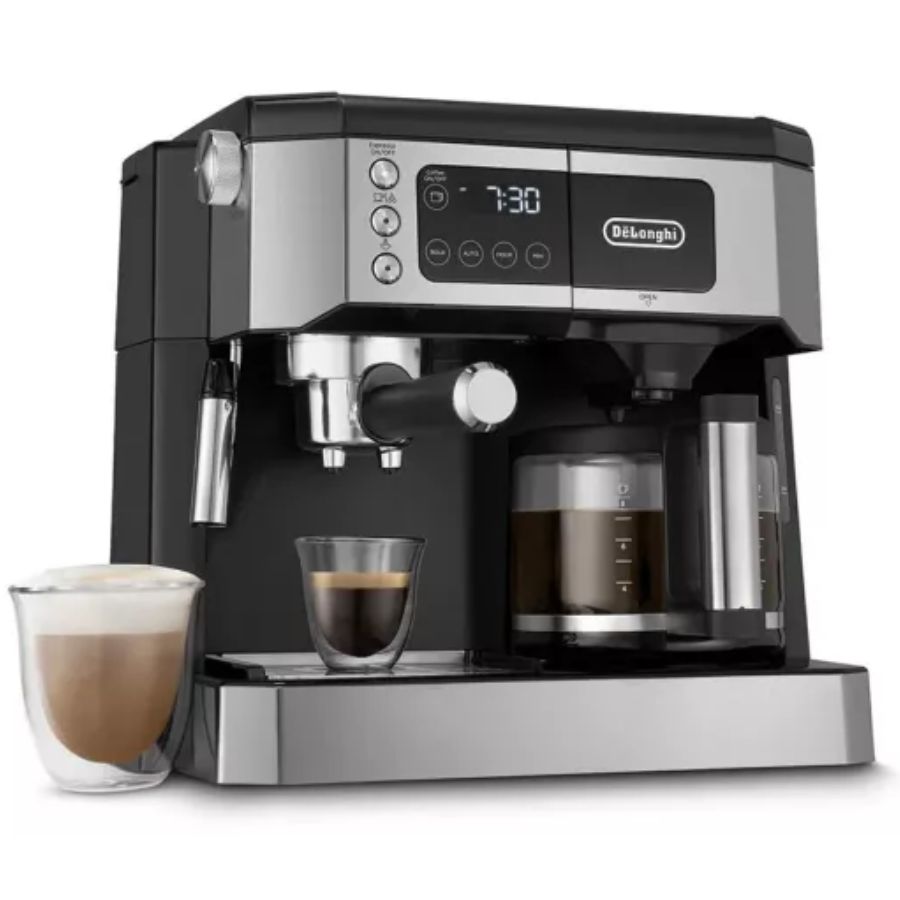
If you like a filter coffee, but also want to brandish some barista skills, the All-In-One is the perfect option for you. It's incredible value and extremely versatile.
There's more detail in our full De'Longhi All-in-One review.
For
- Makes coffee, espresso, cappuccino, and latte beverages
- Warming plate
- Programmable 24/hour digital timer
- Removable drip tray
- Built-in Frother
- Brew pause
- Can also use pods
- Auto shutoff
- Descaling solution included
- Charcoal water filter included
Against
- Gold Tone filter hard to clean (I recommend using a paper filter)
- Espresso side is rather loud
- Does not have a built-in grinder
2. Buying budget beans
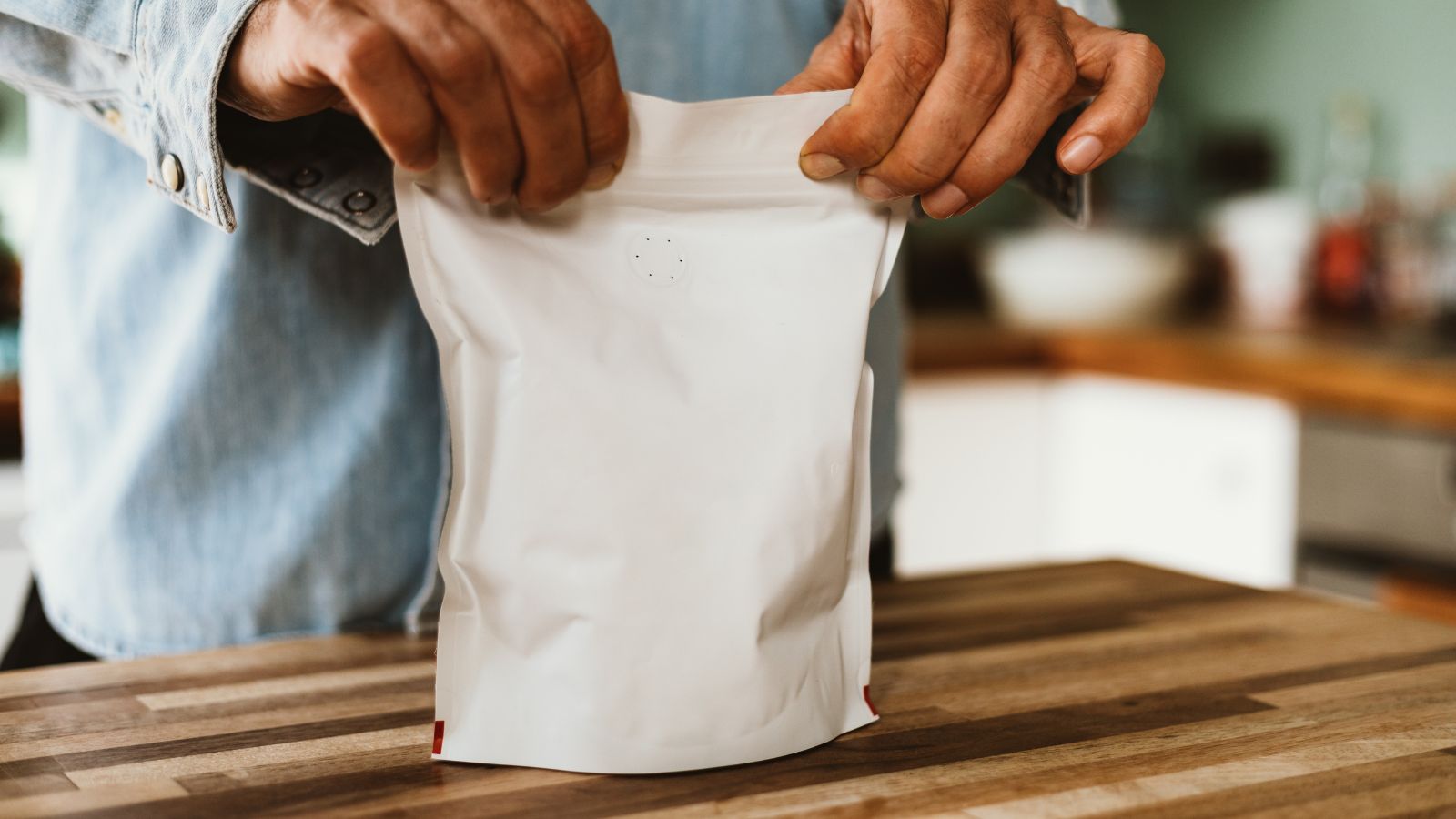
Every coffee starts with the beans, so, naturally, that’s where mistakes start too. Former barista and food scientist, Jennifer Pallain says that fresh, high-quality beans are essential for a great cup of coffee. She cautions against buying pre-ground beans or bags which have been sitting on the shelf.
She says, ‘As they age, coffee beans lose their natural oils and aroma, leading to a stale and flat taste in your cup.' Check the packaging and if they were roasted between one and four weeks ago, they'll be brilliant. Jennifer recommends finding a local roastery and buying from there for guaranteed freshness. You also need a smart way to store your beans to stop them from losing flavor.

Jennifer is a food scientist, former barista, and coffee aficionado. With this behind her, she knows the technicalities for what makes a brilliant brew. She's also a recipe developer, so knows how to monitor taste profiles too.
3. Not matching your maker to your beans
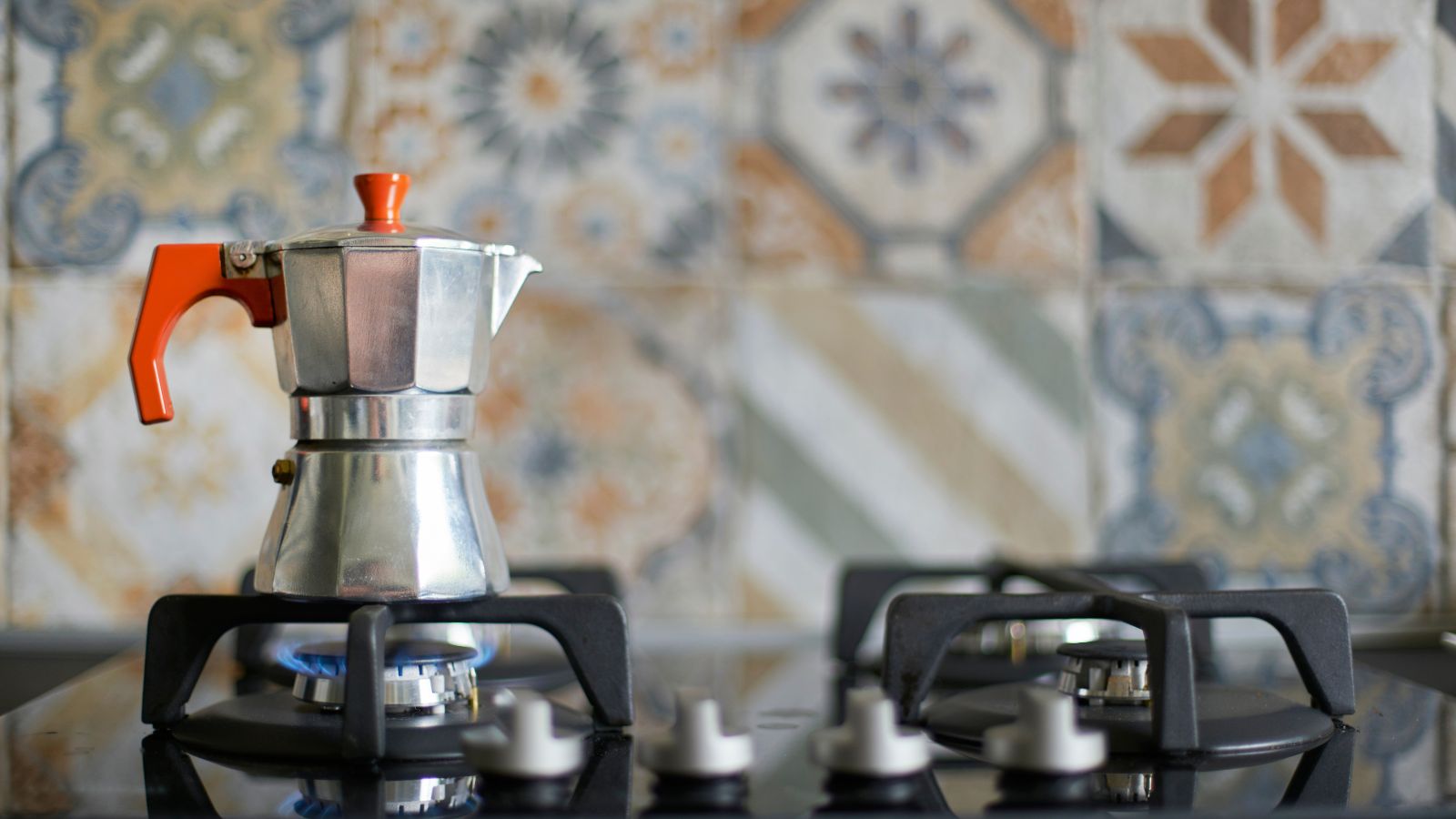
Different roasts and origin beans suit different brewing styles. We asked expert coffee writer Rebecca Wessel, for her favorite combinations. 'A light roast does really well in a Chemex', she says, but it might not suit an espresso machine. Rebecca looks for medium to dark roasts for her drip coffee and espresso machines. You can look into the flavor profiles of the beans you choose. Don’t be afraid to push the boat out, or to test a multi-pack of beans so that you can work out what you like best. Below are three of my favorite coffee makers, which can you can use with a range of beans.

French press coffee typically suits a darker roast. You'll want to look for chocolatey notes, but a zesty, citrus note can complement the acidity really well.
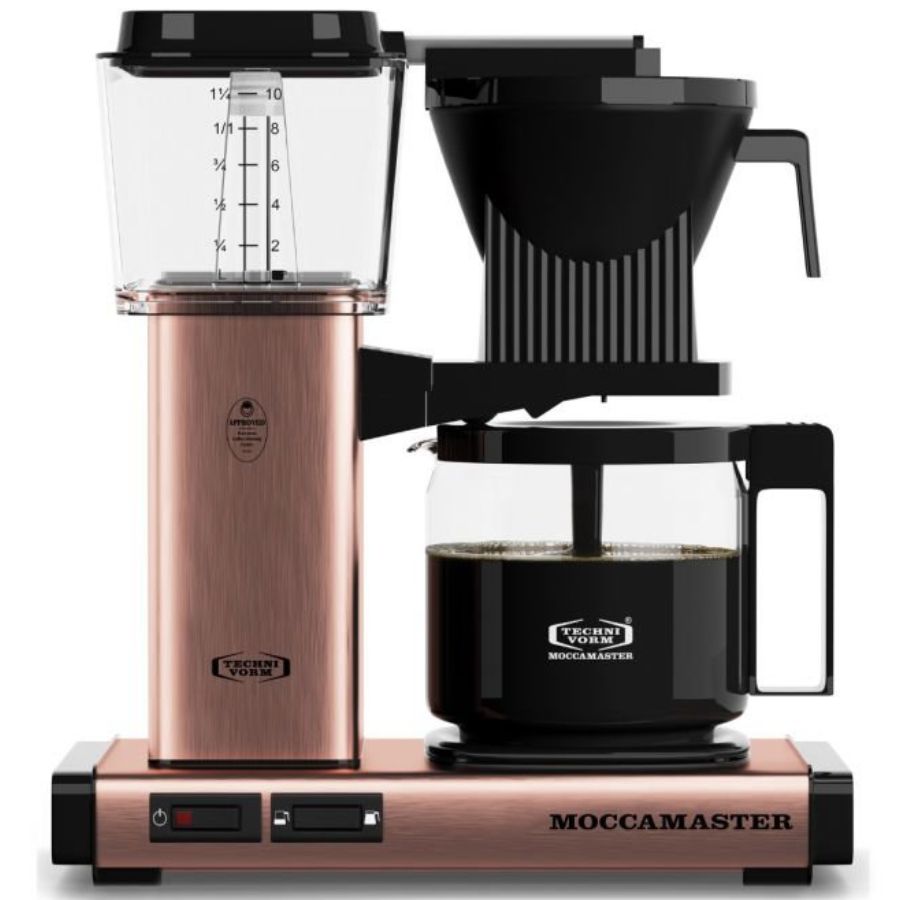
Drip coffee also suits a darker roast, but can really bring out fruity notes in coffee. It has a more delicate, filtered flavor profile than a French press.
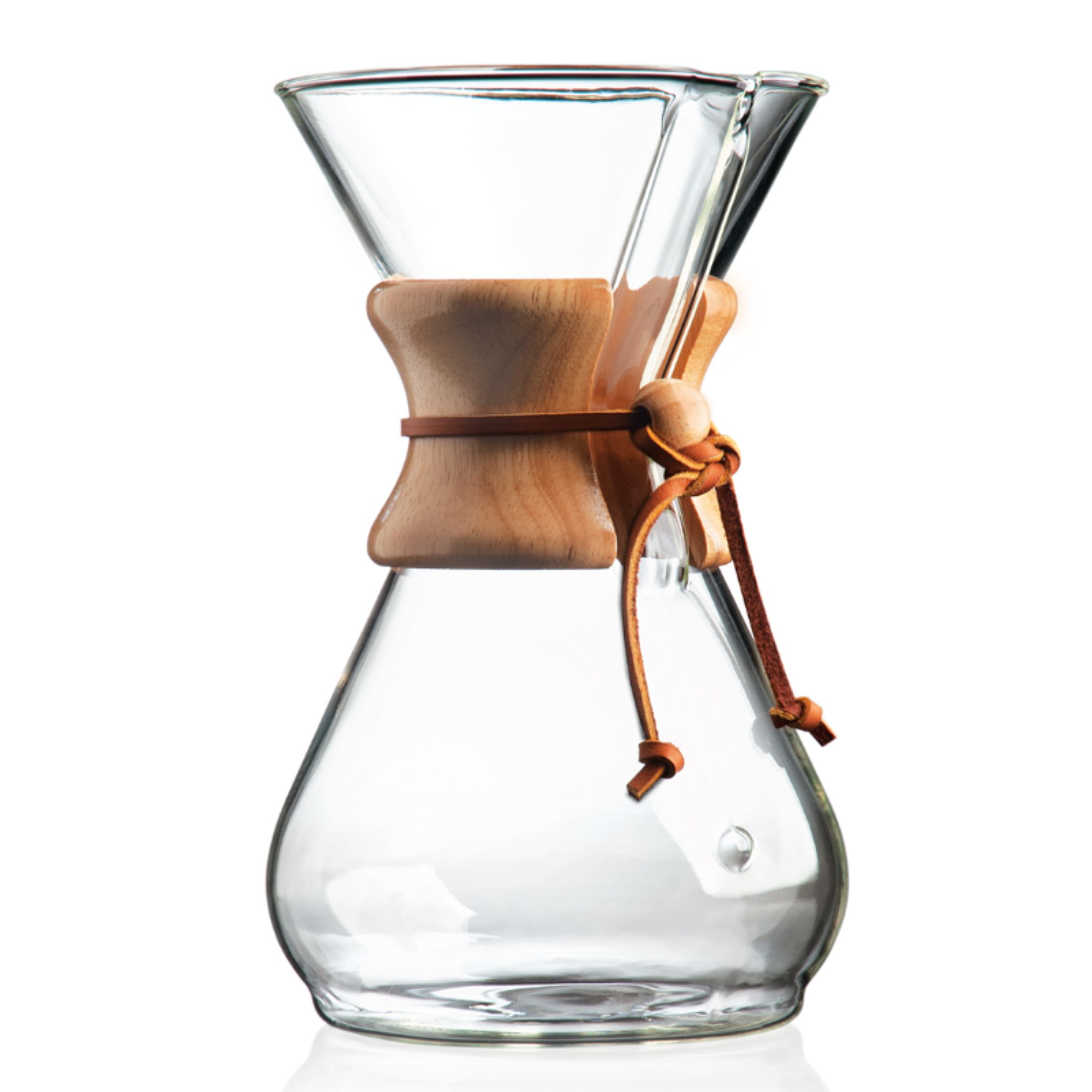
Pour over coffee is similar to drip coffee, but if you want to try some lighter roasts, it's the perfect opportunity to do so. Look for delicate, caramel flavors if you want your beans to flourish.
4. Overstuffing your beans
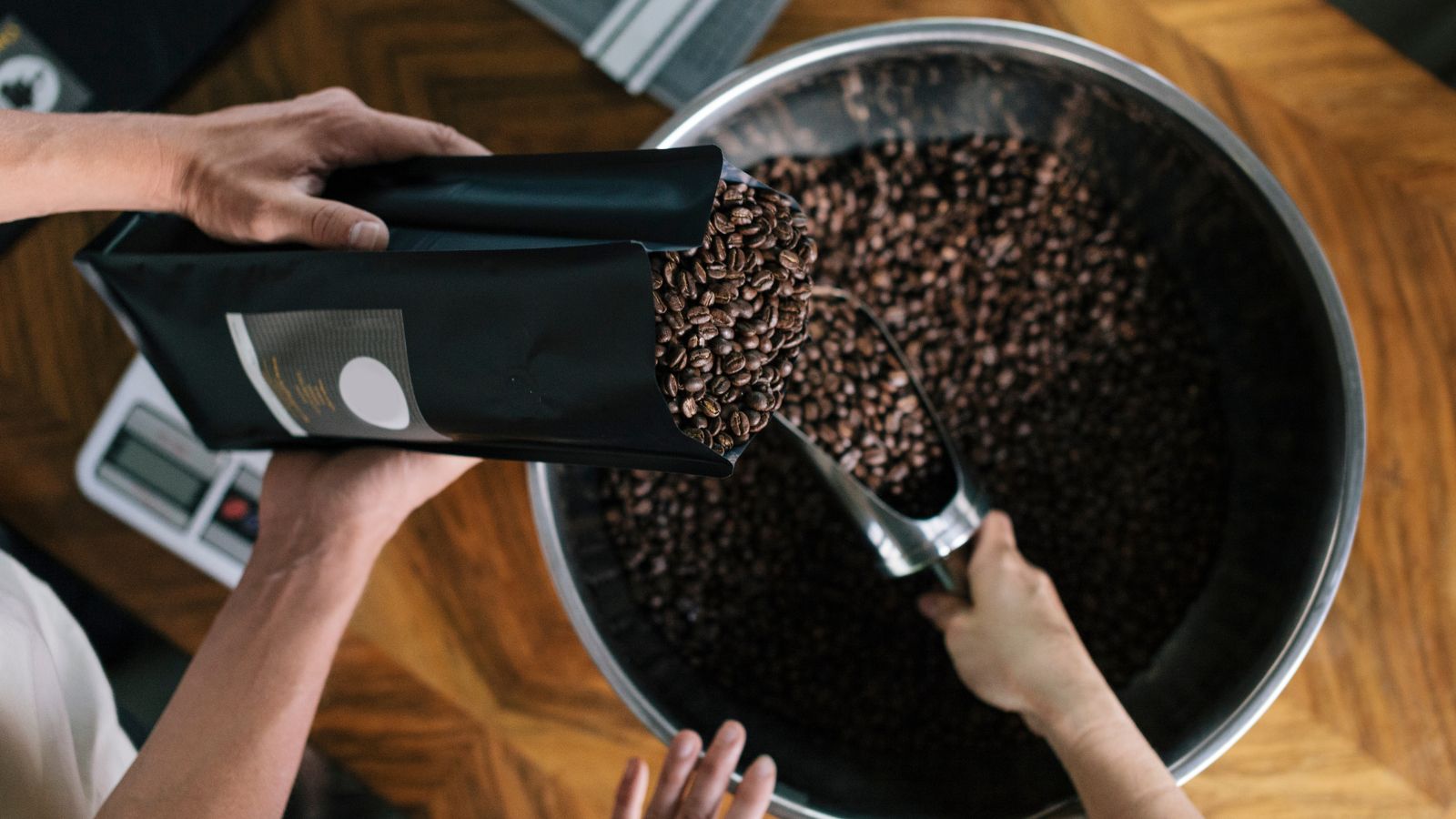
There are a lot of mistakes that people make with their beans, especially related to storage. Once your bag of beans is open, it's exposed to sunlight, heat, and oxygen. Very quickly, the oils will break down and so your coffee will taste weak. If you fill your beans hopper to the top make sure that it's airtight, out of sunlight, and cool.
Alternatively, you can follow a single dosing technique, where you only pour in the amount of beans that you'll use. You'll need to make sure that you're storing your spare coffee beans properly. I always recommend investing in a specialized coffee canister, because these make storage more reliable.
These are my three favorite coffee canisters:
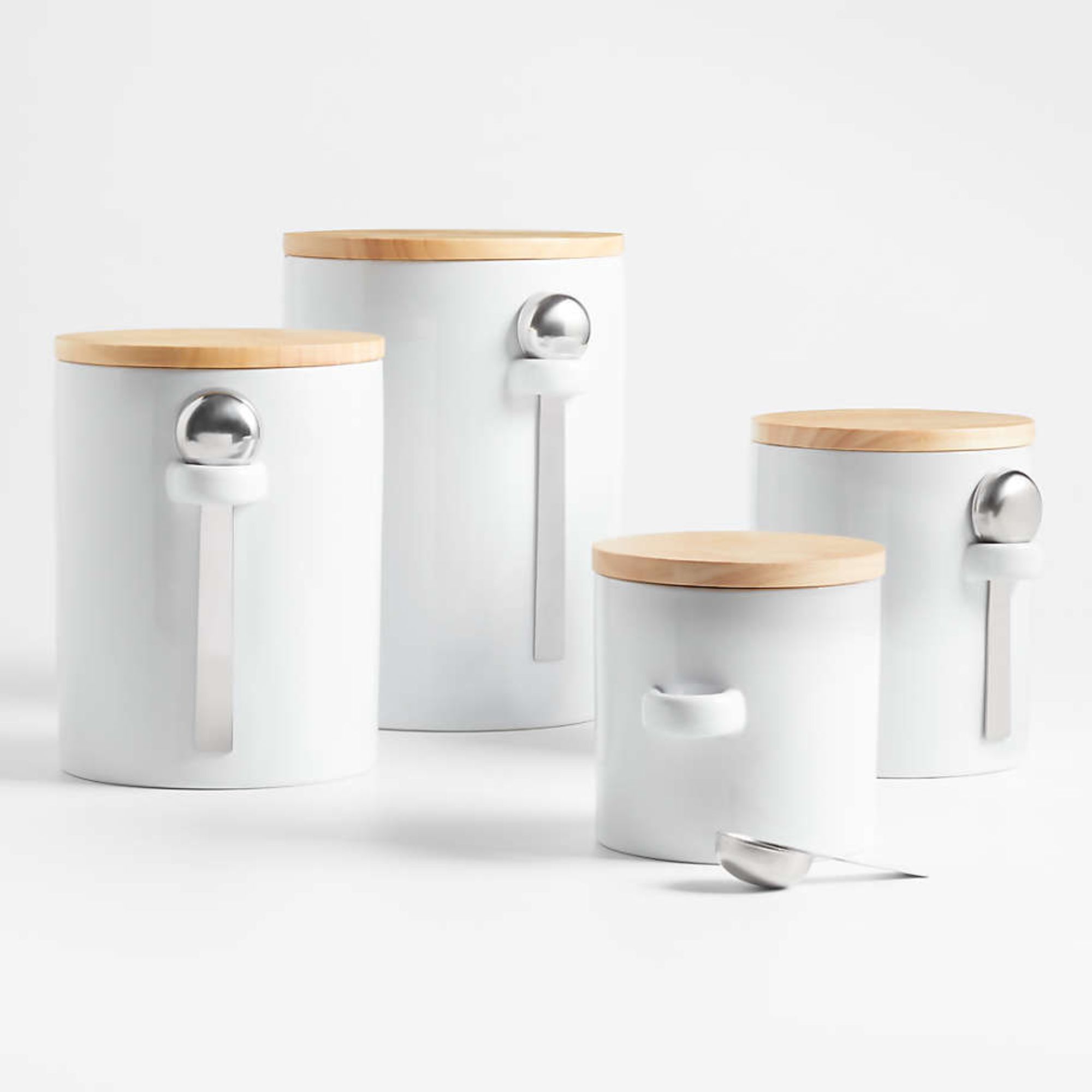
This set is perfect for storing coffee beans, coffee grounds, sugar, and tea. Each pot comes with its own spoon, which is really useful when you're in a hurry.
5. Forgetting your grind-sets

An underestimated but essential contributor to coffee flavors is knowing how to grind coffee properly. It affects the extraction, flavor profile, and intensity of your brew. Kelsey Waddle, a coffee expert from Roasty Coffee, said that ‘Using the wrong grind size can lead to either under-extraction or over-extraction of flavors. For instance, a fine grind for a French press can result in a sludgy cup, whilst a coarse grind for an espresso machine may produce weak shots.’
The easy solution is to invest in a good grinder and think about which grind you’ll need. Lots of machines have adjustable settings. But if you use a French press, pour-over, or espresso machine, you’ll likely be grinding yourself. French presses suit a really coarse grind because it compliments the acidic flavor profiles. Espressos and moka pots need a fine grind for richer, sweeter notes. Below are some of the best grinders that we've tested, if you need a hand with your grind-set.

Kelsey is a coffee expert. She writes for Roasty Coffee, a team of coffee connoisseurs who offer tips to at-home baristas. She's used a range of coffee machines, so knows the best tips and tricks for making the perfect cup.
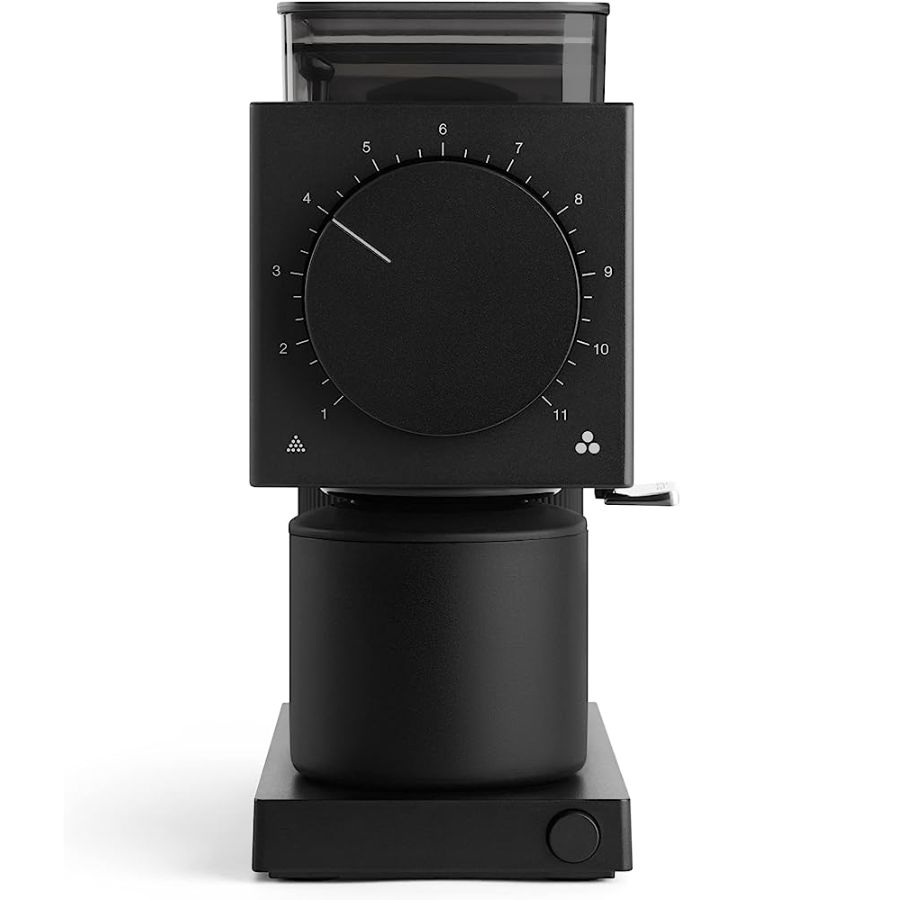
This is a more expensive grinder, but it's worth every penny. In our taste tests it came out on top and features all the premium finishes, from a good range to minimal retention.
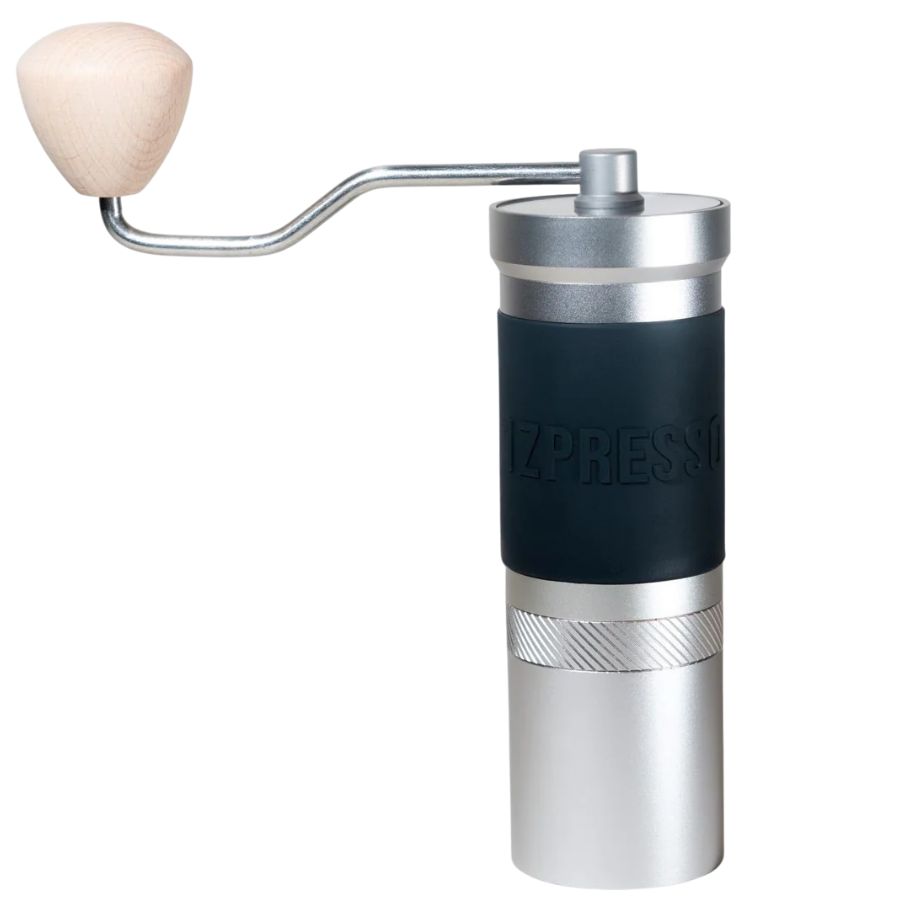
If you're short on space, we'd recommend this manual grinder. You don't need to plug it in to use it and we were really impressed with how consistent it was.
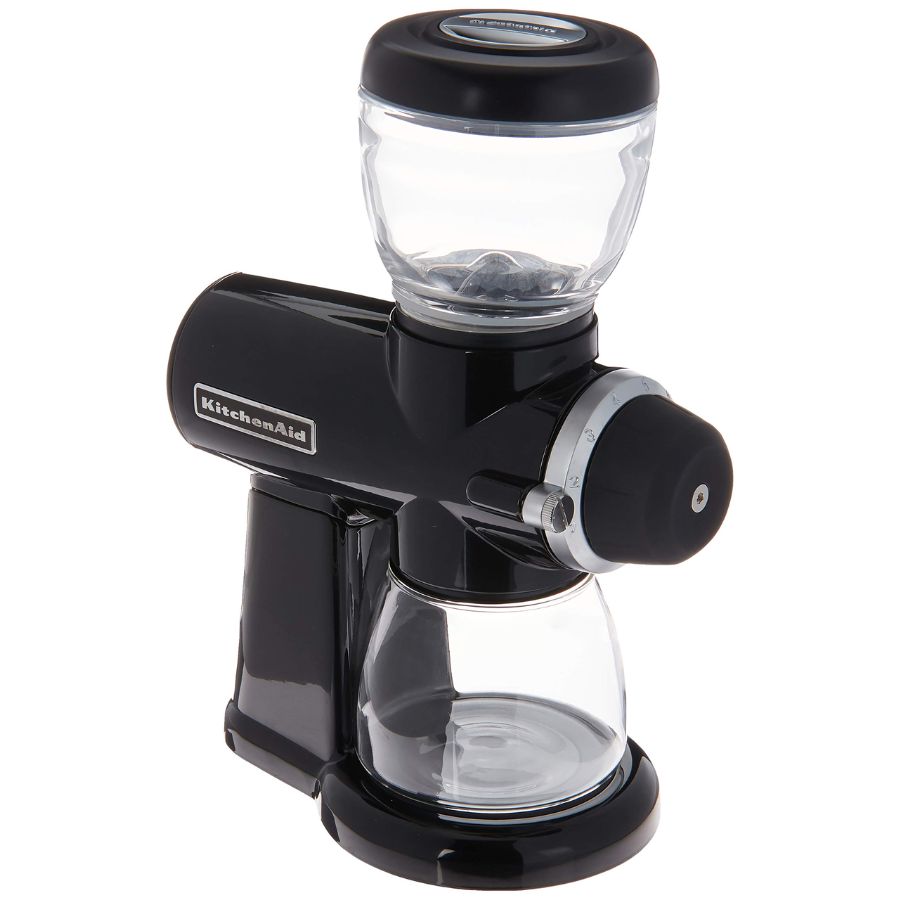
With a user-friendly design and excellent results, our team fell instantly in love with the KitchenAid. It's a little big, but we think that it's worth making room for.
6. Not getting your ratios right
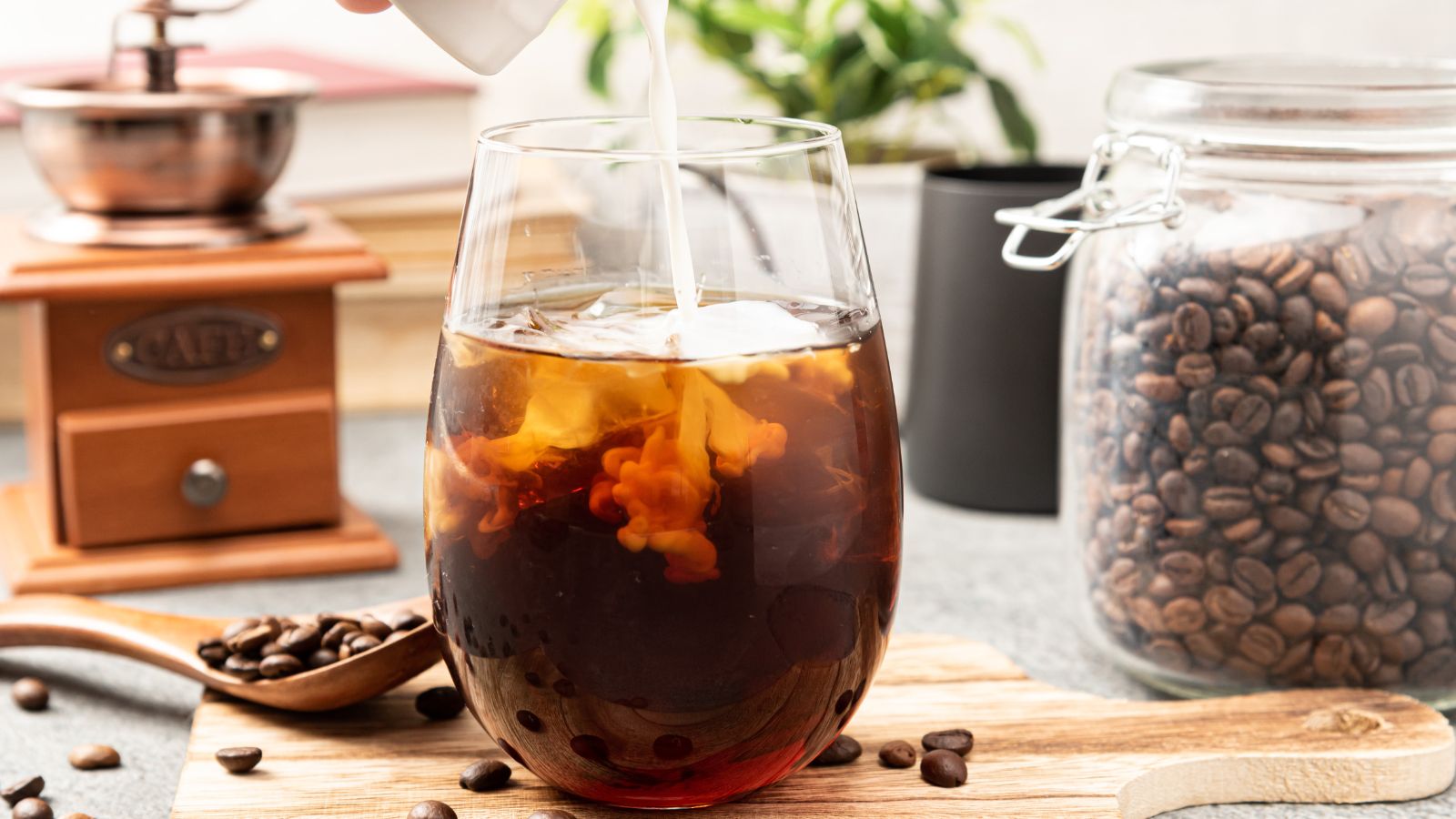
Choosing the coffee to water ratio is a personal preference, within reason. I was always taught to follow a 1:16 coffee to water ratio and if you want to add milk, just take that off the water. If you want a more delicate, lighter brew you could change the ratio to 1:14, but I wouldn't go any lower. The same applies if you want a stronger brew. For espresso machines, you'll want to weigh 18 grams of coffee for 50 ml of water, so the ratio is closer to 1:2. If you change your ratios to the extremes, you'll spoil your brew, but it's worth playing with it a little.
7. Forgetting to let your beans bloom
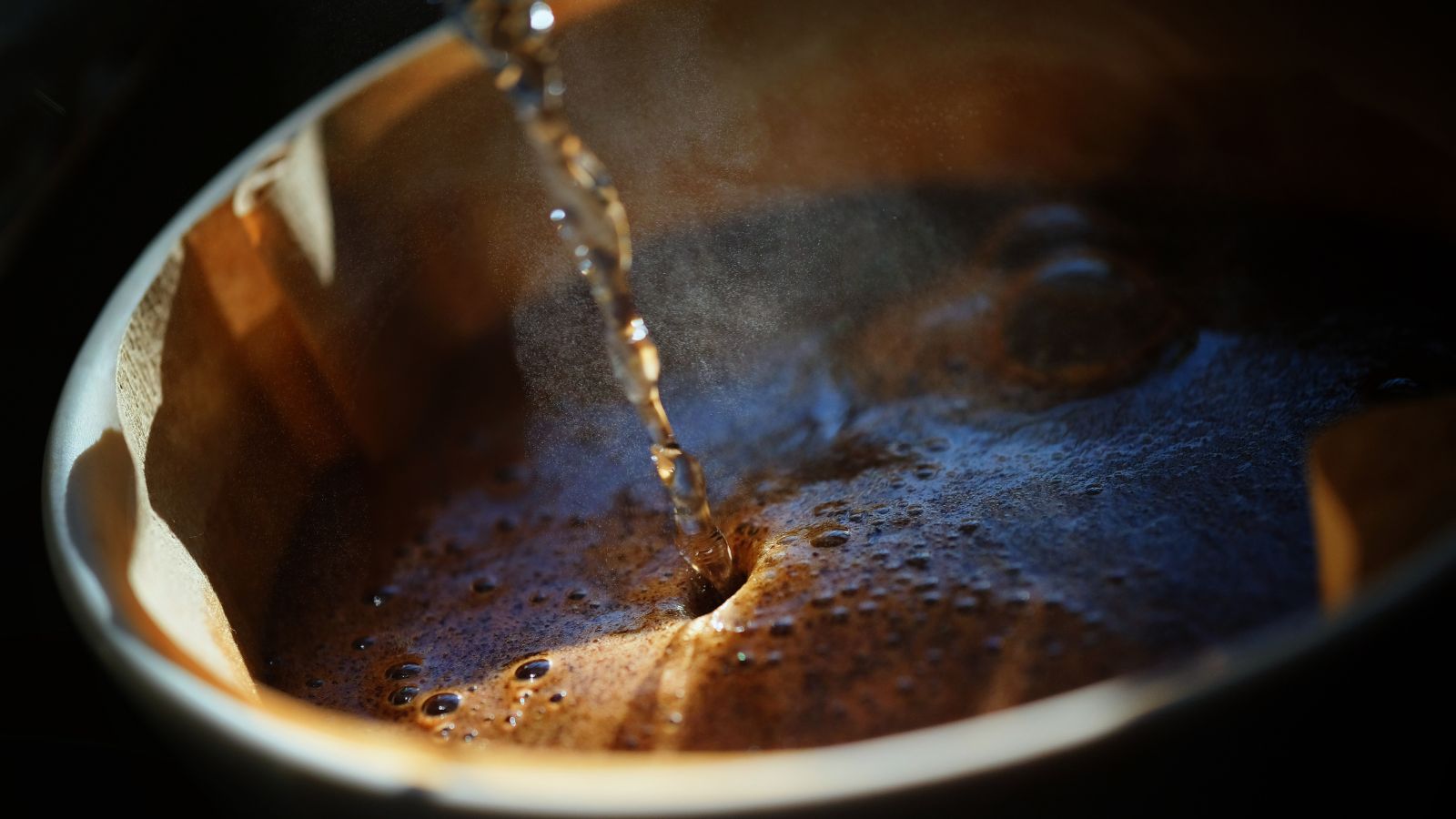
This is my last , but important, note on beans, because there's a lot more to the coffee making process. If you add a little water to your grounds, in a French press or pour over machine, the coffee can bloom. This is how the CO2 is released from your coffee grounds, helping your coffee taste sweeter, smoother, and less acidic. You don’t need more than 30 seconds, but it makes all the difference.
8. Don’t use tap water
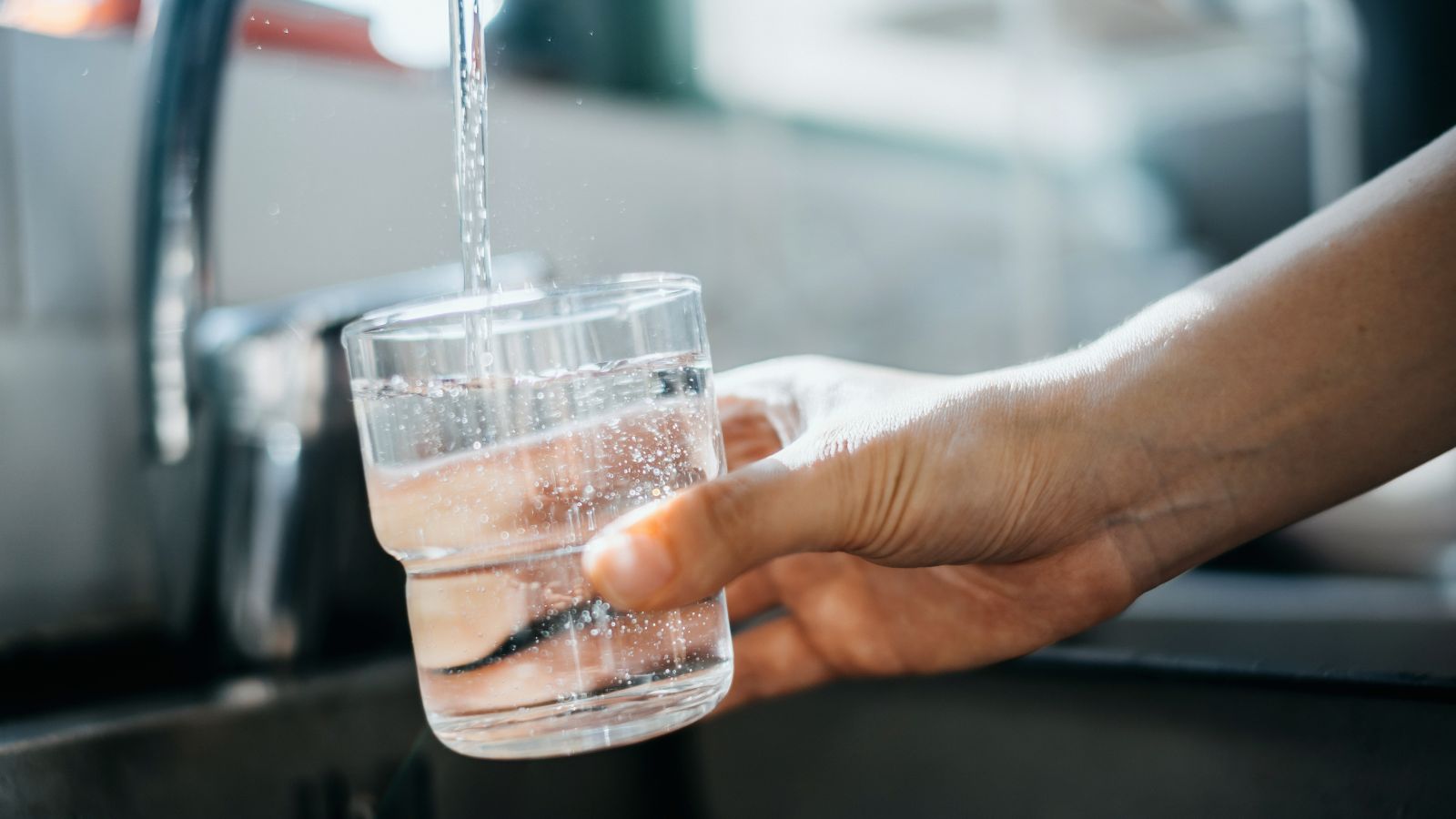
Lots of people ask me 'should I use filtered water for coffee?'. It’s tempting to just use tap water and an easy habit to fall into, but it won't be giving you the best cup of coffee out there.
Tap water contains impurities and minerals that will interact with your coffee, giving inconsistent results. If you use filtered water your coffee will have a more consistent taste. Kelsey from Roasty Coffee pointed out that ‘Coffee is mostly water, and tap water with high mineral content or chlorine can negatively affect the taste'. Kelsey recommends using filtered water or using a water filtration system to ensure clean and pure water.
9. Consider temperature
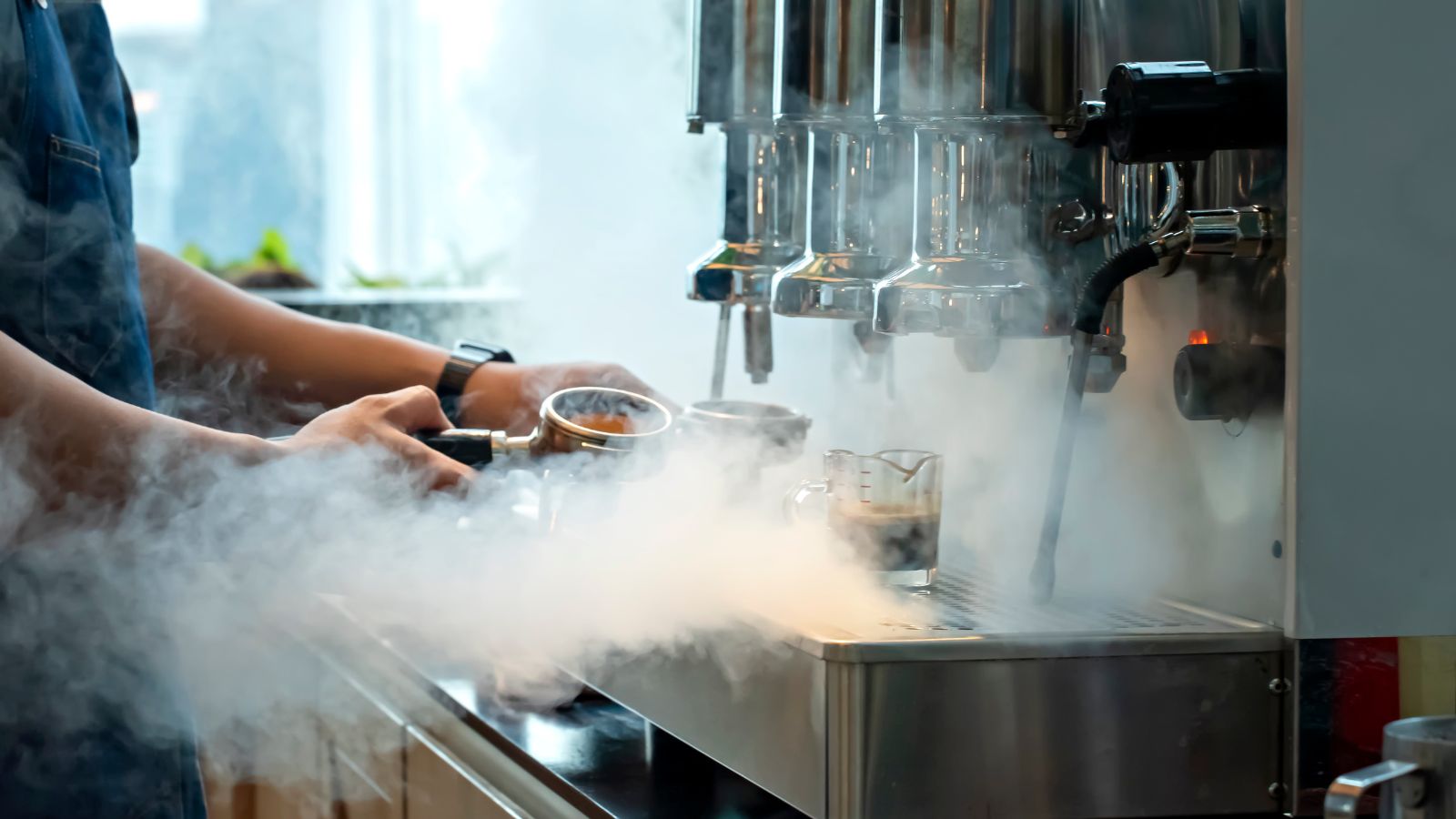
There’s a narrow temperature range at which coffee tastes best. When it is between 195 and 205 degrees Fahrenheit the beans won’t be burnt and bitter, but they also won’t be under extracted and weak. If you own an automatic coffee maker, this still applies to you.
Kayla Stavridis, a barista and coffee expert, laughed over this mistake. It's one we are all guilty of doing. She told me ‘I remember once, when I was rushing to prepare for a morning meeting and I didn’t let my espresso machine heat up properly. The result was a lukewarm, under extracted espresso that tasted sour.' Some machines won’t let you use them unless they’re up to temperature, but make sure to check.
10. Not keeping it clean
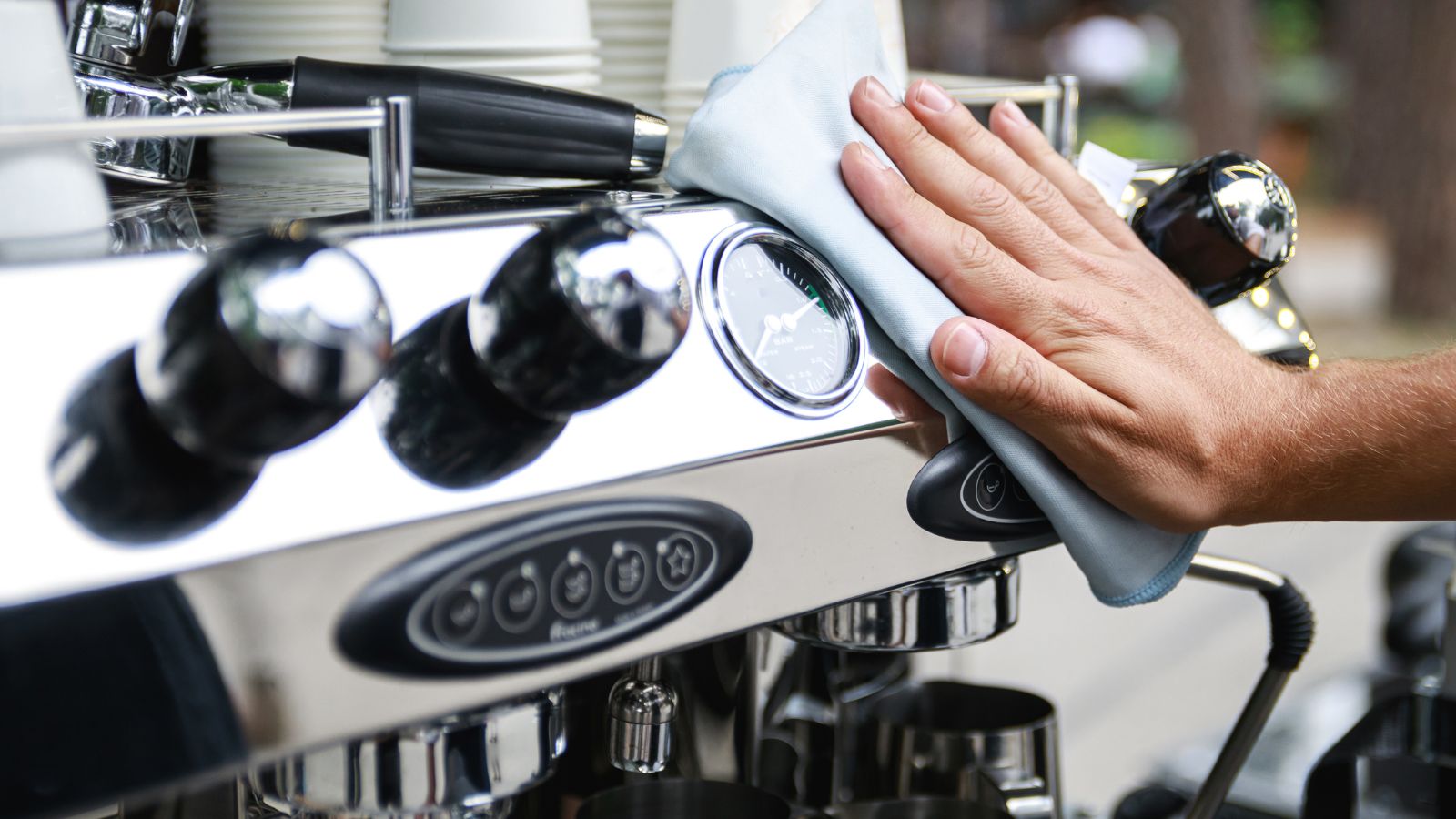
We all know that keeping clean is important, but sometimes it can be hard to see on a coffee maker. Establish a cleaning routine and keep to it. Coffee left in your brew head or grinder can go stale, spoiling your entire cup. We’ve written guidance on how to keep your coffee machine clean, so make sure to follow the practice at least every week. Even better, you could do it after every use of the espresso machine.
11. Not learning how to steam
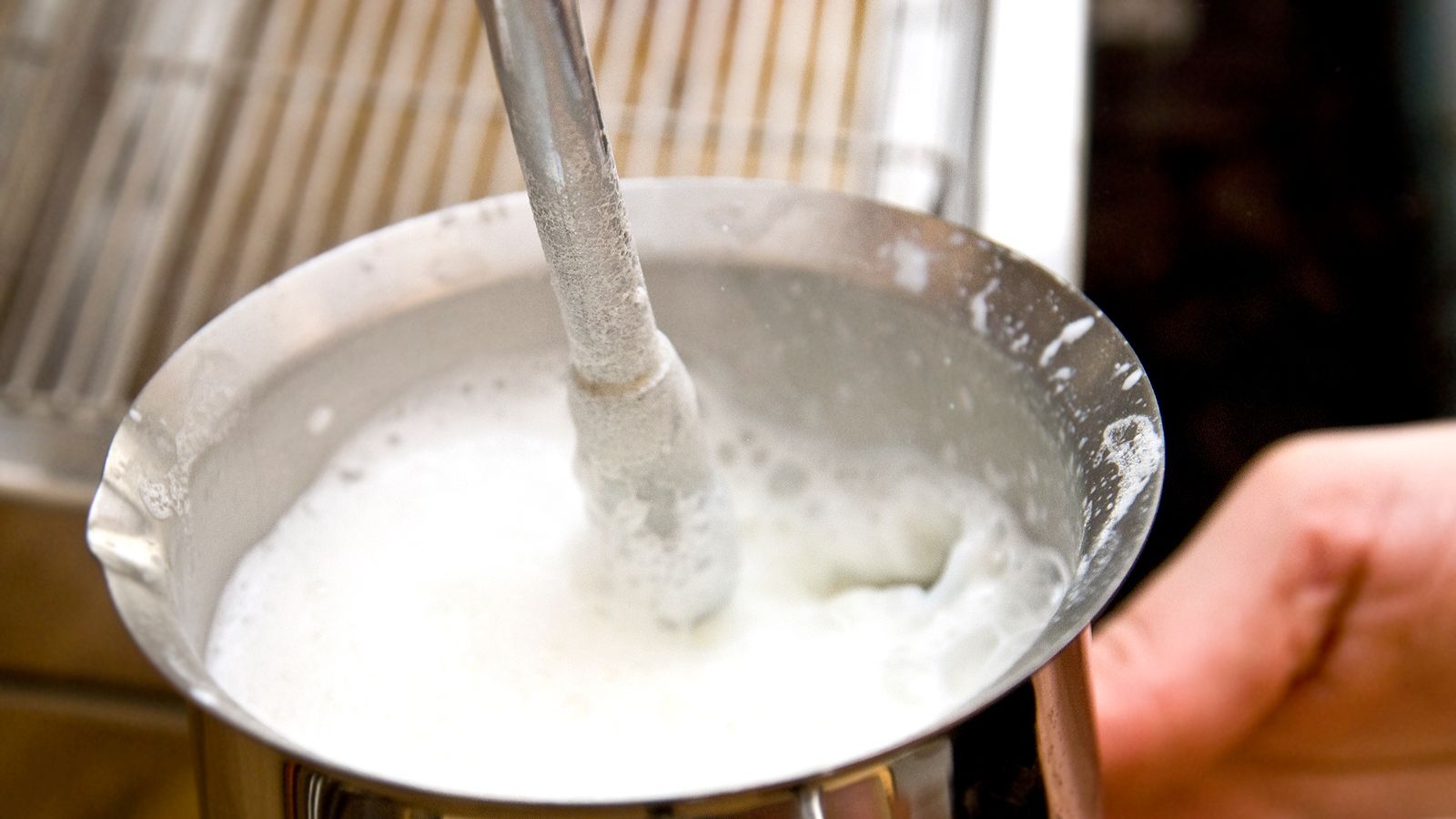
If your coffee machine has a steam wand, not only will you need to be meticulous in cleaning it, you’ll also want to practice with it too. If you can sort your steam techniques, you’ll be able to make a silky, smooth, and frothy coffee. Even better, you’ll be able to refine your latte art, which looks beautiful and can impress a guest. I've written a guide for how to steam milk at home, but if you're a visual learner, there are lots of barista videos online where you can watch how to perfectly steam milk. If you don't fancy yourself as a home barista, these machines are really good for steaming milk:
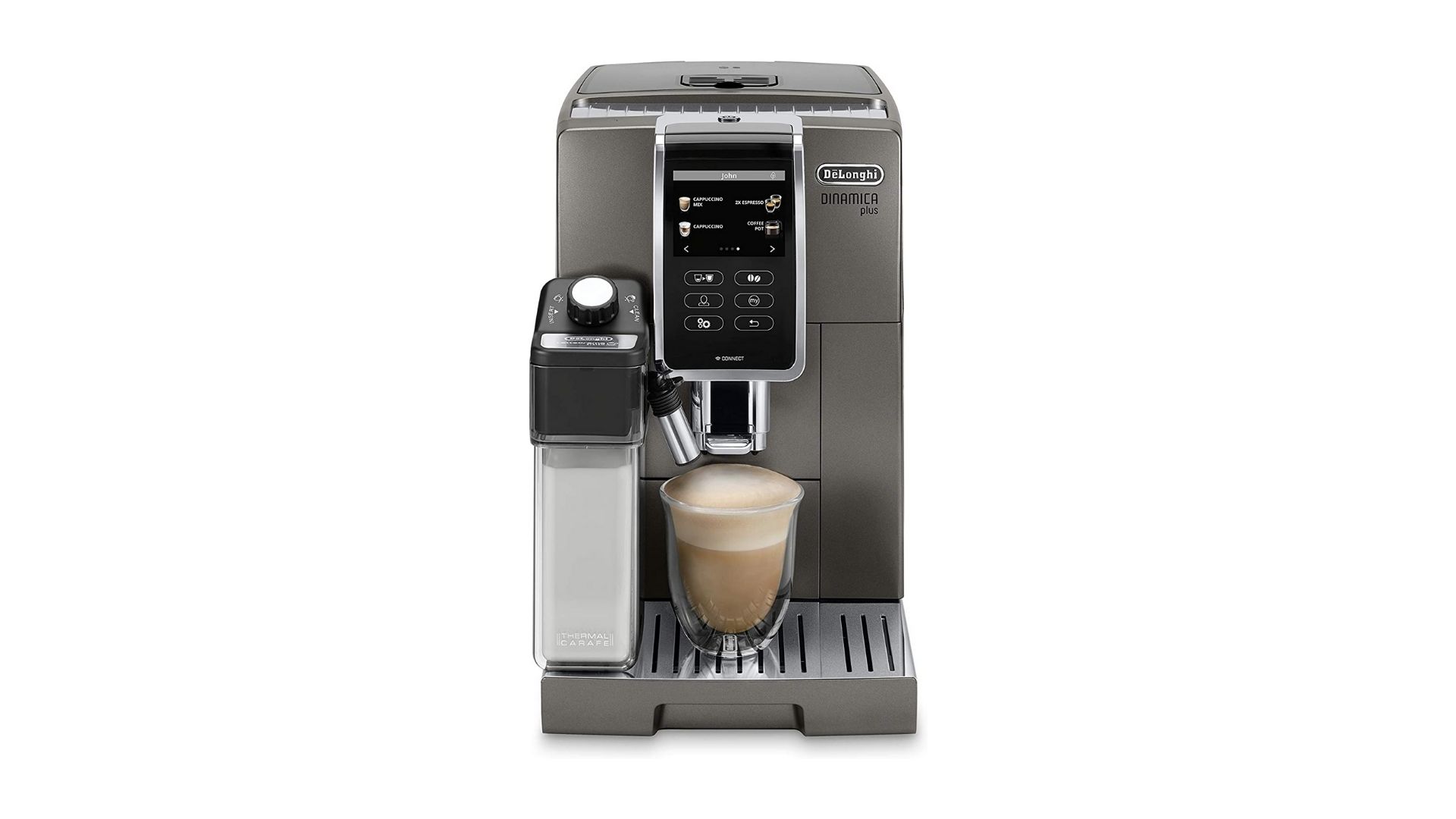
We were really impressed with the Dinamica. We loved the cold and hot frothing functions that could do everything from microfoam to cappuccinos.
There's more detail in our full De’Longhi Dinamica Plus review.
For
- Integrated milk frother
- Simple touchscreen controls
- Range of coffee options
- Easy to clean
Against
- Expensive
- Heavy
- Milk frother can be messy
- Wasteful set-up process
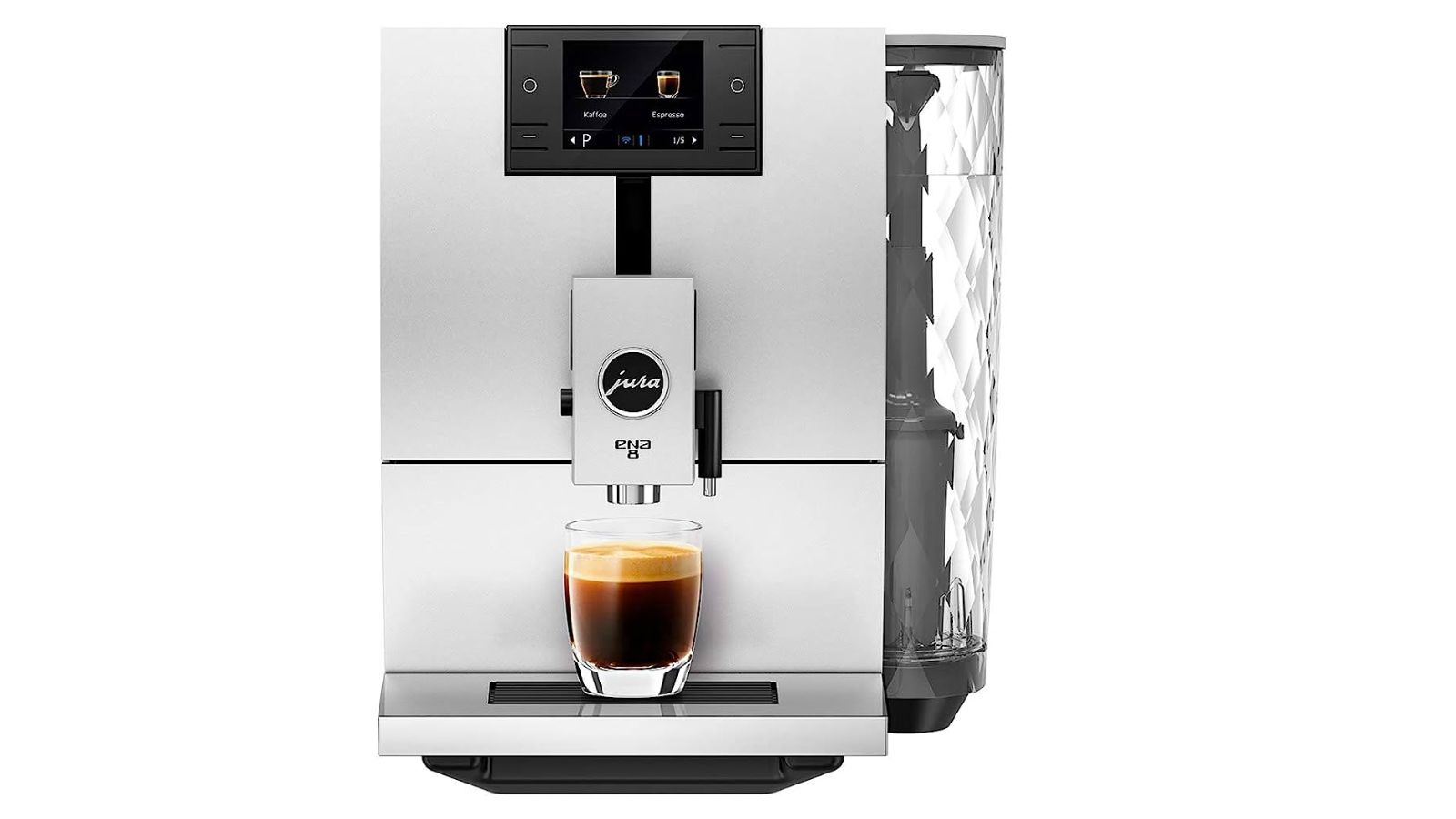
There's a lot to love about the ENA 8, including its milk frothing capabilities, You'll need to buy the milk frothing jug separately, but it's worth every penny.
All the detail is in our Jura ENA 8 Coffee Maker review.
For
- Quiet grinding
- Fully adjustable settings
- Sensitive to different water hardness
- Works with grounds or beans
- Removable water container
Against
- Switches on from the back
- Small bean container
- Milk dispenser costs extra
Experiment, experiment, experiment

Coffee isn’t a one-size-fits-all drink. Don’t be afraid to try different grinds, settings, and beans. It’s all too easy to fall into a habit and routine, but coffee makers can do amazing things. If you have a French press, why not try a cold brew? If you have a coffee maker, select an unusual option. If you’re feeling bold, buy a different kind of bean and give it a whirl.
FAQs
What should I not do with a coffee maker?
There are lots of things not to do with a coffee maker. Leaving it plugged in will use unnecessary electricity; not cleaning it will prevent you making the perfect brew; and buying bad beans will stop you from having a flavorful cup. Make sure to read through our mistakes so that you don’t waste money, time, and coffee on your appliance.
Is there a wrong way to make coffee?
The flavors of your coffee are shaped by your beans, grind, and brewing technique. These can be worlds apart and no method is right or wrong. As long as you end up with a smooth, balanced cup of coffee, your brewing is fine. There are best practice techniques to follow, which we’ve outlined in our mistakes above, so make sure to follow those guidelines.
What happens if you put too much coffee in a coffee maker?
Nothing too disastrous. Hot water will extract a limited amount of coffee oils, so all you’ll be doing is wasting good beans. The best way to avoid putting too much coffee in your coffee maker is to use a scoop to measure out your coffee.
Should you clean a coffee maker after every use?
Ideally, yes. If you’ve used a steam wand to froth milk, make sure to spray it and wipe it clean. That way, milk won’t dry in the spit. I use a brush to clear my brew head of excess grounds and always empty my drip tray after every use. Maintaining your machine like this will ensure that your coffee tastes better and that your machine will last longer too.
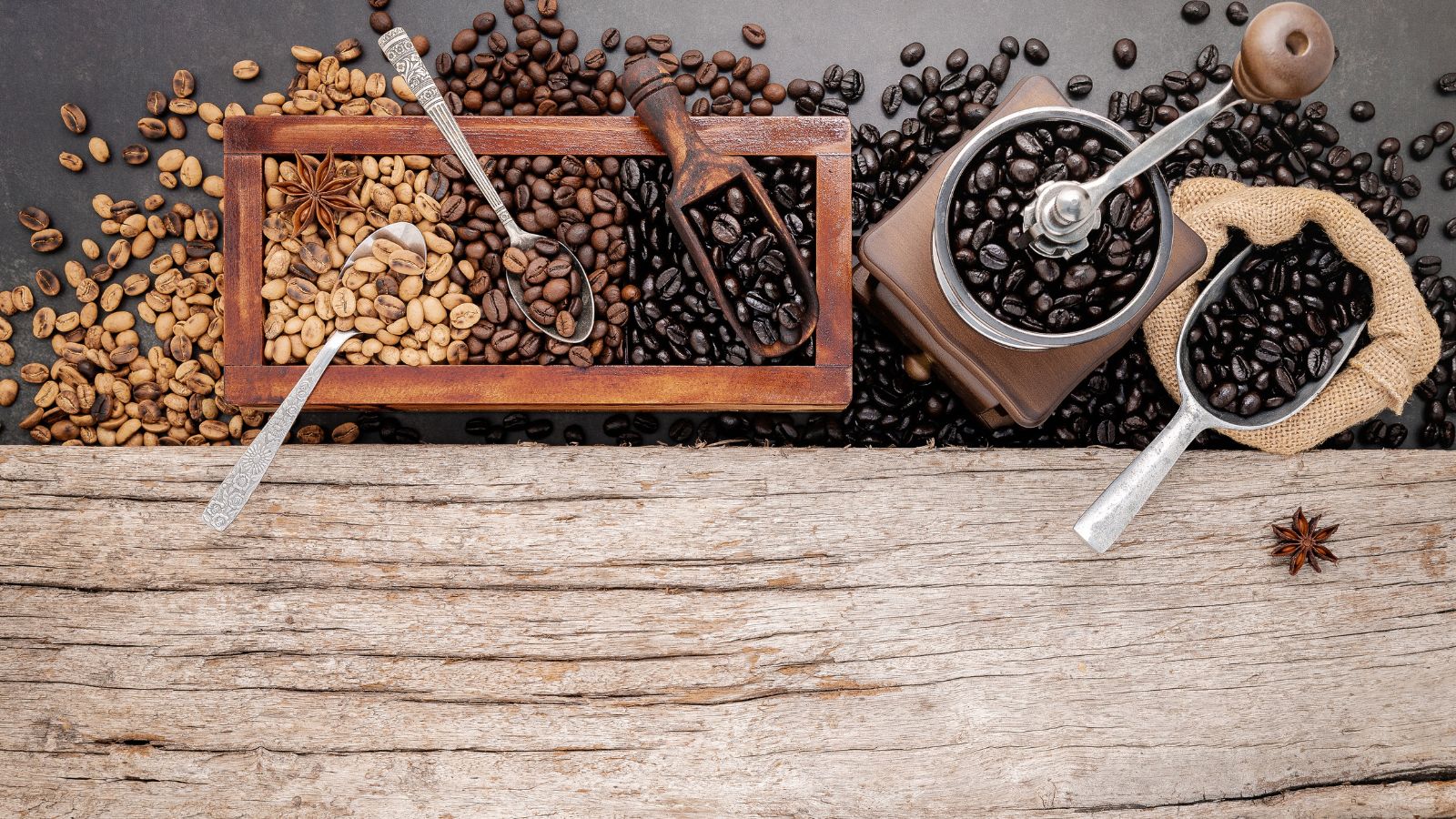
There’s no need to panic, as you’ll have been doing lots of things right with your coffee maker. Everybody gets into bad habits, from neglecting your cleaning routine to skimping beans. However, these add up and can ruin a good cup of coffee. I’d make sure to correct any of your mistakes, but to really focus on experimenting. I always thought I liked darker roasts until I started trying some blonde roasts at a friend’s. Now I make sure to mix up my beans and to try different flavors when I can. Who knows what you'll find.
Sign up to the Homes & Gardens newsletter
Design expertise in your inbox – from inspiring decorating ideas and beautiful celebrity homes to practical gardening advice and shopping round-ups.

Laura is our eCommerce editor. As a fully qualified barista, she's our expert in all things coffee and has tested over thirty of the best coffee makers on the market. She has also interviewed Q-Graders and world-leading experts in the coffee industry, so has an intimate knowledge of all things coffee. Before joining Homes & Gardens, she studied English at Oxford University. Whilst studying, she trained as a master perfumer and worked in the luxury fragrance industry for five years. Her collection of home fragrance is extensive and she's met and interviewed five of the world's finest perfumers (also known as 'noses'). As a result of this expansive fragrance knowledge, she always puts quality and style over quantity and fads. Laura looks for products which have been designed simply and with thoughtful finishes.
-
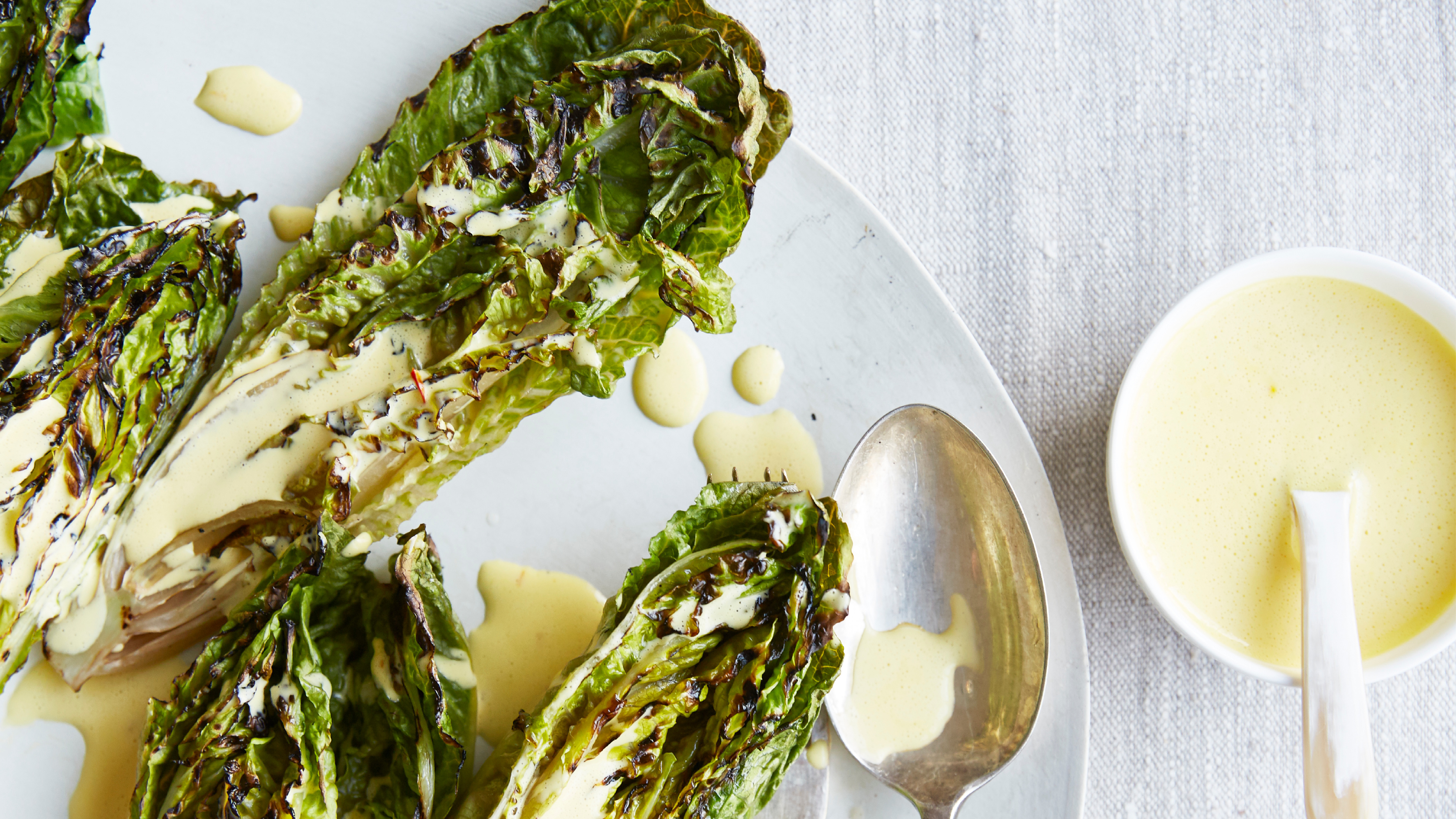 Charred little gem with saffron dressing
Charred little gem with saffron dressingThis recipe with charred little gem is both easy to make and sure to impress guests. It's the perfect side for fresh spring menus
By Alice Hart
-
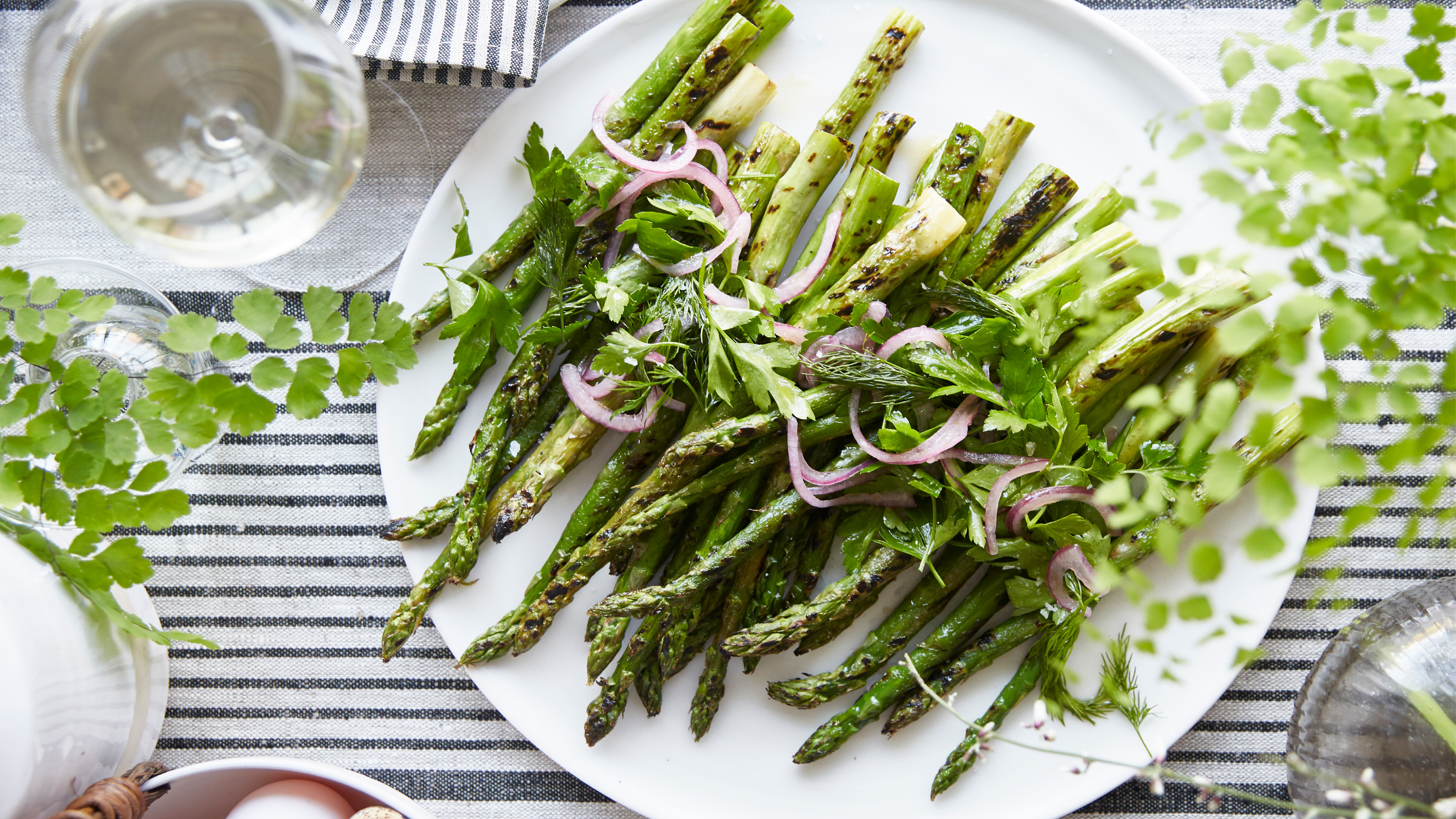 Grilled asparagus with herb and pickled red onion
Grilled asparagus with herb and pickled red onionThis grilled asparagus couldn't be easier, and it's a wonderful way to get the best flavor from our favorite spring veg. It's perfect alongside fish or lamb
By Alice Hart
